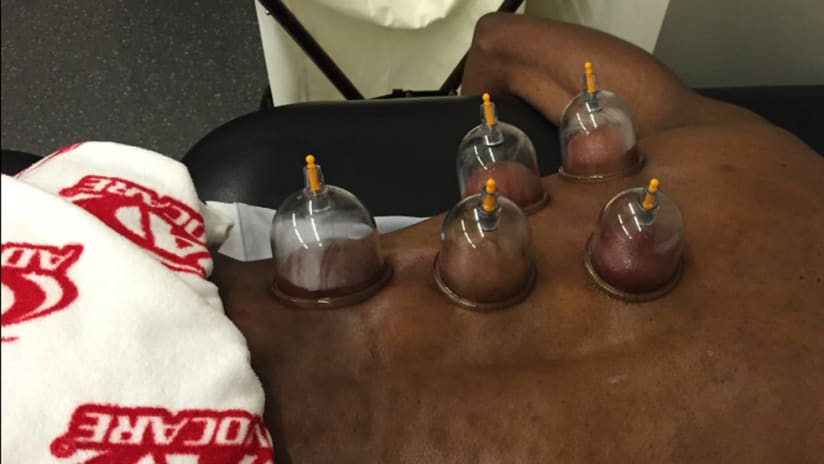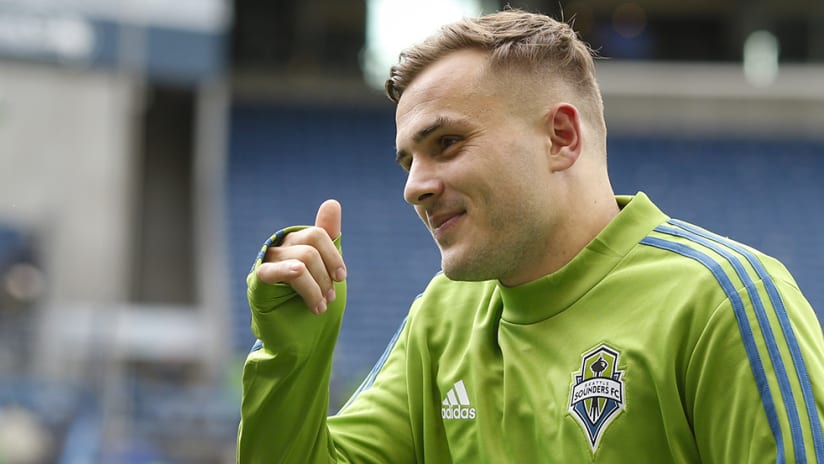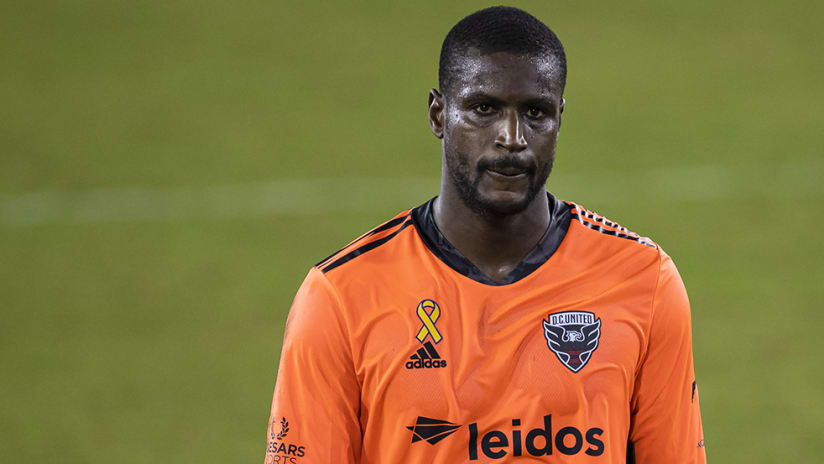You've seen the infamous bruises – and Instagrams – and, by this point, you probably know that Team USA swimmers are enthusiasts of what's commonly referred to as "cupping." But unless you've got a few years of knowledge in that database, you're behind most of sports science.
"It's funny – as soon as I saw that on [Michael] Phelps, I said, 'That's the new KT Tape,'" says FC Dallas head athletic trainer Skylar Richards, referencing the Kinesio Tape trend stories of 2012 London Olympics. "It rocketed and all these companies popped up right, left and center. This didn't surprise me because of that."
Richards, who has consistently incorporated a version of cupping therapy for two and a half years, estimates that two years' worth of FCD first-team players (app. 30-35) have undergone the treatment as one of the staff's various modalities. That positions Dallas at the forefront of at least nine MLS clubs who actively utilize some form of cupping.
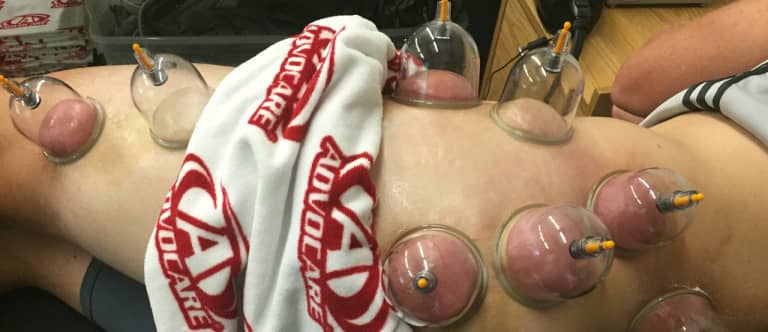
Photo Credit: San Jose Earthquakes
The FCD training staff consults with Dr. Yun-tao Ma, a dry needling expert affiliated with the Frisco, Texas location of EXOS (formerly Athletes Performance), for guidance on the theories and ideas as they apply to physical therapy and sports science.
Richards, who holds a massage therapy license, said that Dallas players, used to his deep tissue work, often have an easy transition to cupping, as it's limited to soft tissue uses – think hamstrings, back; not knee or elbow, which involve joints and ligaments – and most frequently manifests as light suction out of the field of vision.
Sessions are quick, with a little massage oil worked in, the cup placed, suction applied for roughly 3-5 minutes at a time, the restricted motion tested, the process repeated until the breadth of the area has been treated. All told, roughly 10 minutes total, with most players reporting immediate relief and demonstrated increase in range of motion (and sporting those infamous marks for 2-4 days afterward).
That latter element is key, as it separates what has become known within the sports world as "myofascial decompression" from traditional "cupping," which has roots that trace through Chinese medicine back to Ancient Greece and Egypt. The term originates with Dr. Christopher DaPrato, an assistant clinical professor at University of California–San Francisco, who trained the Team USA staff in their now-celebrated use of the technique during a certification clinic in May.
"It's satisfying to see this at the big stage," DaPrato says, "But it's not anything that hasn't been used at the NCAA level for a long time now. It's comical and a little surreal, for me, at times. It's exciting."
He understands the term is tech-heavy – "cupping" is easier for everyone to say, use and grasp conceptually – but the focus on enhancing range of motion allows for a controllable, measurable result as opposed to the much more complex concepts of pain modulation. And traditional cupping, a 15-20 minute static suction in a prone position, is both longer and involves less movement, if any.
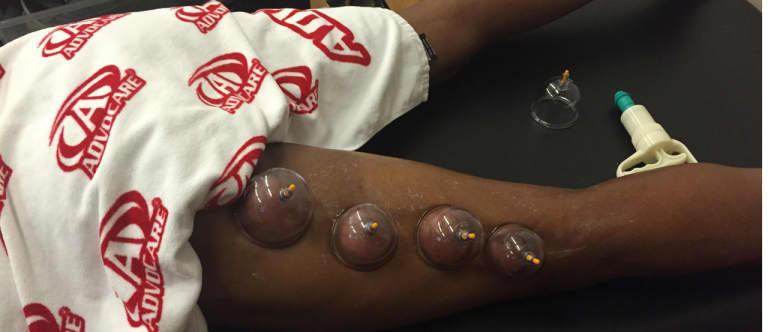
Photo Credit: San Jose Earthquakes
One of the key elements in myofascial decompression is right there in the name: it's one of the few soft-tissue treatments that operates with negative pressure, as opposed to the physicality and compression of say, massage. DaPrato's original encounter with the modality was for scar mobilization, and his role as Physical Trainer for Cal-Berkley's D-1 track and field, football and soccer teams led him toward exploring its potential for volume applications – not unselfishly, as deep-tissue work at multi-team scale can be "hard on the hands."
As explained by MLS trainers and Dr. DaPrato, the hands-off nature of cupping allows for mobilization of the afflicted area during treatment, to further identify and treat restricted motions and facilitate subsequent modalities.
"The athletes themselves need to understand it's not a one-shot wonder," DaPrato says. "I try to explain to them that they're still going to have to work on their efficiences and the muscles that don't fire as well, and they're going to be be responsible for that. The biggest caveat I say is, 'I'm going to help you gain this range of motion that you're tight in, but right afterward, you're going to have to work hard and fix your weaknesses. That's a big component of it and makes it a win-win, because they're actively participating in their ability to be a better athlete."
DaPrato says that while his 10-12 annual Level 1 classes had previously been selling out four weeks ahead of their start date, following the Olympic swimming attention, he's approaching sellouts through December. San Jose Earthquakes assistant athletic trainer Baker Cronin, who regularly utilizes MD on five to seven players, completed that Level 1 class (as have several other MLS club staffers) a year ago and is headed to Level 2 in September, where DaPrato will teach advanced techniques, such as how to apply myofascial decompression in combination with weightlifting, with TRX suspension training equipment, and with sports-specific drills.
"We look into new stuff yearly," Cronin says. "What can we do, what's available and what the research says – we're always looking for that extra edge."
The players weren't hard to convince, Cronin says, as cupping looks more weird and painful than it ends up being: "I tell the guys it's going to feel like your skin is being stretched to point of being extremely taut."
Once Cronin worked on a few players willing to take a chance, word-of-mouth took hold, and if a player came in complaining of tightness, Cronin's suggestion was met with familiarity: "Oh yeah, I heard so-and-so did that."
And the price made for an easy sell internally; Cronin says the cup set he utilizes cost $30, well below the startup costs for integrating other modalities into the staff's therapeutic operation. But that integration remains a key element of proper technique: limited uses in a controlled setting as part of a larger treatment plan.
"It's not the be-all, end-all cure," Cronin says. "Someone like Michael Phelps is doing much more to get his body ready to win all those gold medals."

